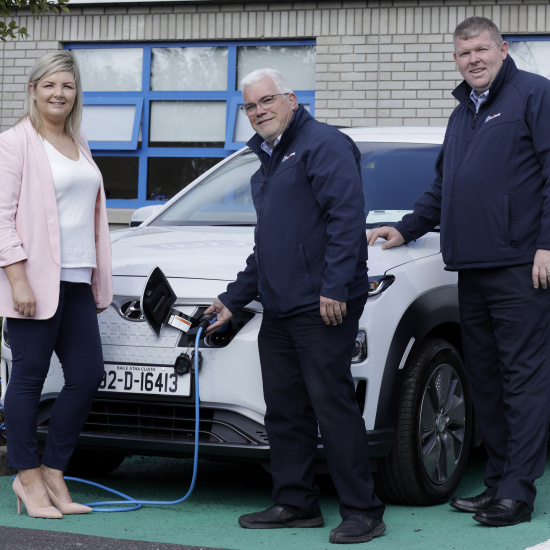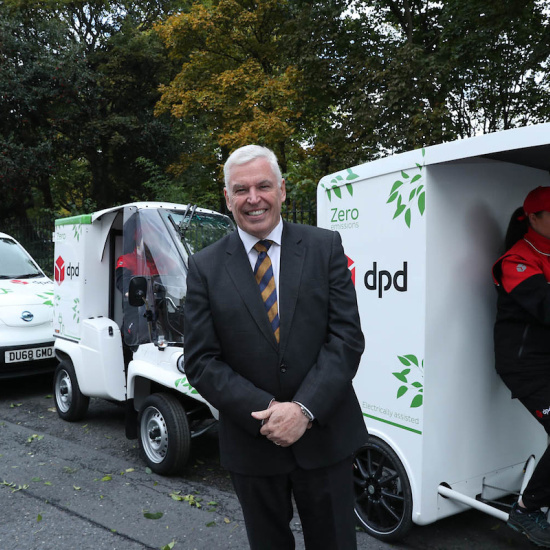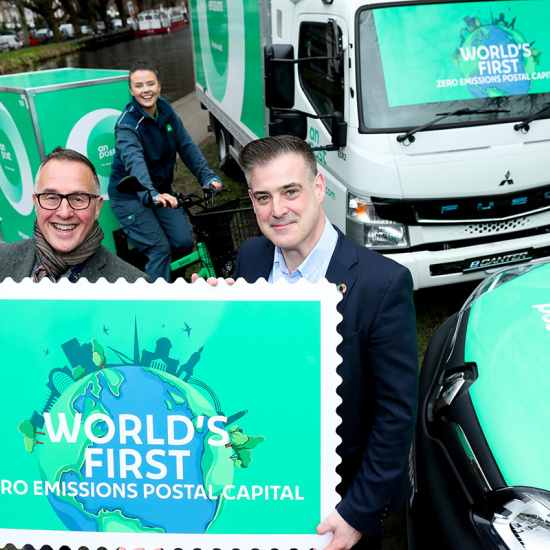Electric Vehicles: Reaching Price Parity
Conor, from our EV team, examines the latest trends in the EV market and asks if we've reached price parity yet.

I am often asked "When are we likely to reach price parity with electric vehicles (EVs)?". It was difficult to answer previously but now I believe the market has changed.
Let's start with price parity. This is the idea that a product, in this case EVs, should be sold at the same price as internal combustion engine (ICE) vehicles, across all channels or marketplaces.
Why is it a difficult question to answer? The perception of brand value makes comparisons difficult. You can't compare an entry level offering from an economy brand, such as Dacia, to an entry level offering from Mercedes, a perceived luxury brand.
The same argument to a lesser extreme is comparing a BMW to a Mercedes or a Ford to a Volkswagen. Is a Golf worth more than a Focus? That depends on the value you, the consumer, place on each brand.
EVs add another layer of complexity. They can be split into two groups.
There are ICE vehicles that have been built to also accommodate an electric drivetrain (the system responsible for delivering power from the battery to the wheels) and vehicles that have been designed from the beginning be an EV. The latter is often referred to as a 'ground up' EV. Ground up EV platforms are less compromised and more spacious inside than an ICE platform. This is because they don't have to sacrifice as much space for an ICE drivetrain.
An Opel Astra is available in petrol, diesel or fully electric. An entry spec EV Astra* at €39,598 will carry a €2,500 premium over an entry spec automatic diesel Astra. Same car with different motors, different price, fair comparison. Is this enough to say we haven't reached price parity? I'm not sure.
With ground up EVs, it's not as straightforward to find an ICE vehicle to compare. The Hyundai Ioniq 5 and Kia EV6 spring to mind. It's easy to compare them against each other but not so easy to find an appropriate ICE vehicle. They have a similar footprint to a Tucson and a Sportage, but Hyundai Ioniq 5 and Kia EV6 are a more premium product. It's not comparing apples with apples.
How could we ever say with any confidence that we have reached price parity with EVs?
An example from Volkswagen
Luckily Volkswagen can help us out here. Volkswagen took a different approach with their ID.3. Instead of creating a new vehicle size between existing models or shoehorning an EV motor and battery into an existing vehicle, they made a direct competitor to their Golf.
The ID.3* is a ground up EV demonstrating what a ground up electric Golf could be. When it first came to market there was a significant premium to be paid for the ID.3* over a Golf. Recently though, Volkswagen have realigned their pricing, and that premium no longer exists. An automatic Golf in petrol is the same price as an ID.3*. A Golf automatic in diesel is now more expensive than an all-electric ID.3*. If we are not comparing apples with apples now, it's as close as we are going to get.
Further examples
There are other examples too. BMW's i4 has a starting price that's more than €5,000 lower than its ICE equivalent - the 4 Series Gran Coupé. Their all-electric BMW iX has a starting price just below that of than their X5. And their all-electric i7 now costs less than the plug-in hybrid 7 Series. The BMW i5 still holds quite a premium (€20,000) over the 5 series but this is an outlier in the BMW range.
You will find the same story at Audi with their e-Tron models undercutting their ICE equivalents. Citroen readjusted their pricing too. Their e-C4* is now the same price as its petrol equivalent and cheaper than the C4 diesel. Nissan's latest price reduction on the Ariya* leaves it only marginally more expensive than an automatic Qashqai. The savings on motor tax alone would cover that price difference within 6 years of ownership. That's before you consider any of the other savings that come with EV ownership.
*In some of the examples I mentioned the €3,500 SEAI grant contributed to the EV's price being on par with the ICE equivalent.
Price parity
Until recently I was happy to suggest that price parity was already here with new brands like Tesla, MG, Ora and BYD entering the market. They brought with them great EVs priced very close to their ICE competitors. I was shot down with this suggestion because these new brands don't have the same perceived value of our established brands. "You can't compare an MG4 to a Ford Focus," a friend would say. It was difficult to argue against that point because of the perceived value of a brand is subjective.
We must thank these new brands for the recent price adjustments from our established brands. Their sudden and simultaneous influx into the market noticeably accelerated competition in the market.
Purchasing a new vehicle is a massive financial cost and the cost of new vehicles has been steadily climbing. It's great to see the cost of EVs coming down now to meet or in some cases even beat the competition.
A common barrier to the adoption of any new technology is the upfront cost. The lower upfront cost of EV's combined with the lower running costs should make them an attractive option.
Switching to electric
If you're thinking of changing your car and you haven't considered an EV yet, in terms of choice and price there has never been a better time for going electric.
Compare the cost of running EVs compared to different ICE engines over 100kms. Take a look at our Fuel Cost Comparison | Driving Electric | SEAI.
If you would like to compare the cost of ownership for specific vehicles, we have a tool for that too. Compare Electric Car Running Costs | Electric Vehicles | SEAI.




